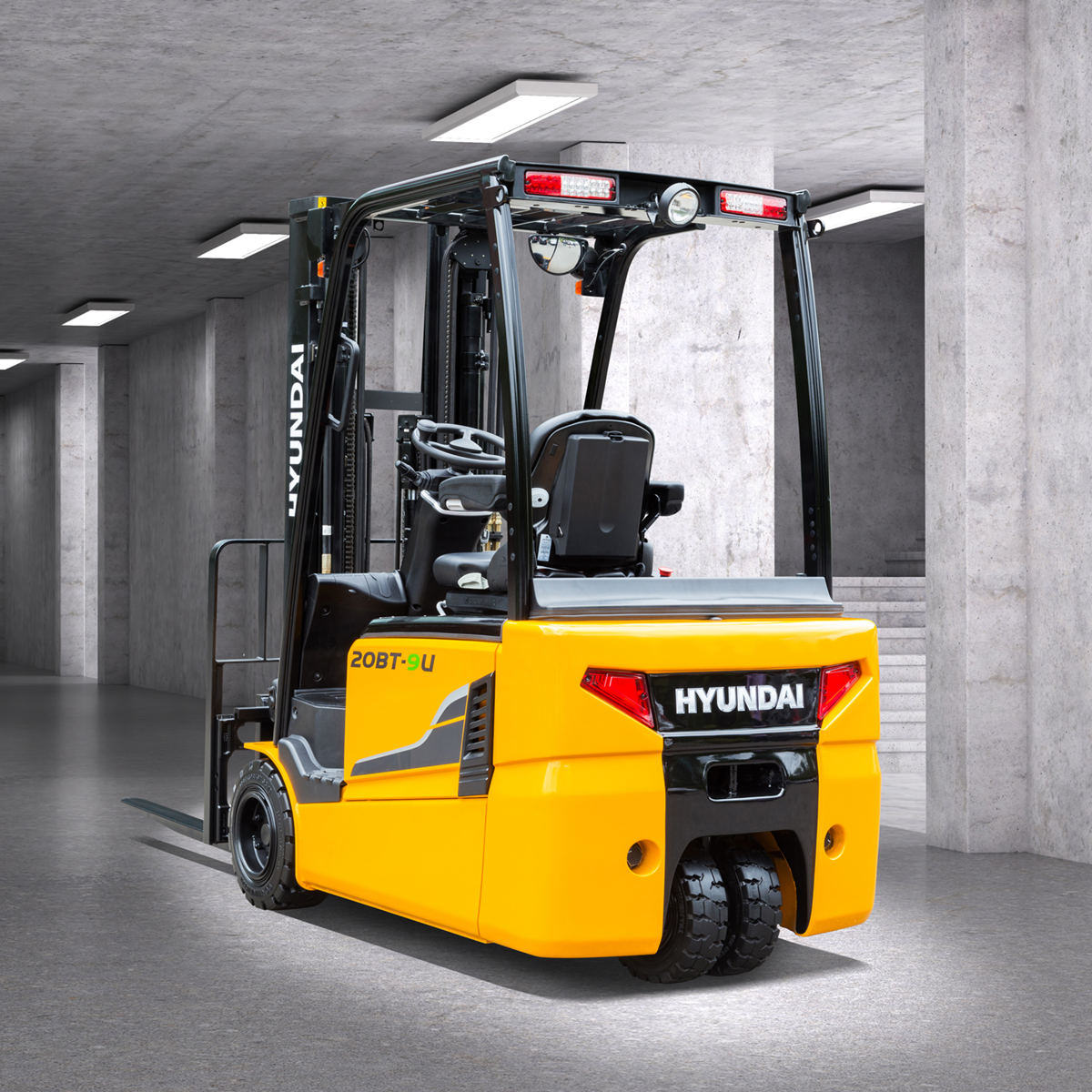
The industrial lithium battery industry is a critical component of the global shift towards sustainable energy solutions. South Korea, with its robust technology sector, has made significant inroads in this field, producing batteries for various applications, including forklifts and golf carts. However, when juxtaposed with China, the world’s largest producer of lithium batteries, certain gaps and disadvantages become apparent. This article explores the development of South Korea’s industrial lithium battery industry and its competitive positioning relative to China.
Overview of South Korea’s Industrial Lithium Battery Industry:
Innovation and Technology: South Korea boasts a strong technology sector, with companies continuously investing in R&D to improve lithium battery performance. Despite this, the rate of innovation and the range of applications may not match the diverse offerings found in China.
Market Presence: While South Korean lithium batteries are known for their quality, the country’s market presence is not as extensive as China’s. China’s vast domestic market and aggressive global expansion strategies have given it a dominant position in the lithium battery industry.
Forklift and Golf Cart Lithium Batteries: South Korean manufacturers produce high-quality lithium batteries for forklifts and golf carts, focusing on safety and longevity. However, these products often face challenges in terms of cost competitiveness and market reach when compared to their Chinese counterparts.
Competitive Gaps and Disadvantages:
Cost Competitiveness: One of the primary disadvantages of South Korea’s industrial lithium batteries is the cost. Chinese manufacturers benefit from economies of scale and a well-established supply chain that can produce batteries at a lower cost, making them more price-competitive globally.
Supply Chain and Manufacturing Scale: China’s extensive manufacturing infrastructure and supply chain provide it with a significant advantage in terms of production volume and efficiency. South Korea, while having advanced technology, may not match China’s scale of production, affecting its ability to meet large-scale demands at reduced costs.
Market Penetration: Chinese lithium batteries have a more profound market penetration, partly due to aggressive marketing and sales strategies. South Korean products, although of high quality, may struggle to compete in markets where price and brand visibility are critical factors.
Technological Specialization: While South Korea excels in certain areas of battery technology, China has made significant strides in developing specialized batteries for various applications, including industrial and renewable energy storage solutions.
Government Support and Investment: China’s government has been instrumental in supporting the lithium battery industry through subsidies, investment in R&D, and the creation of a favorable business environment. South Korea, while also supportive, may not match the level of government backing seen in China.
South Korea’s industrial lithium battery industry is marked by high-quality products and a commitment to innovation. However, when compared to China, it faces challenges in cost competitiveness, manufacturing scale, market penetration, and the breadth of technological specialization. To bridge these gaps, South Korean manufacturers may need to focus on strategic partnerships, expanding market reach, and leveraging their technological strengths to carve out niche markets where quality and performance are paramount. As the global lithium battery market continues to evolve, understanding and addressing these competitive disadvantages will be crucial for South Korea’s sustained growth and success in this sector.

